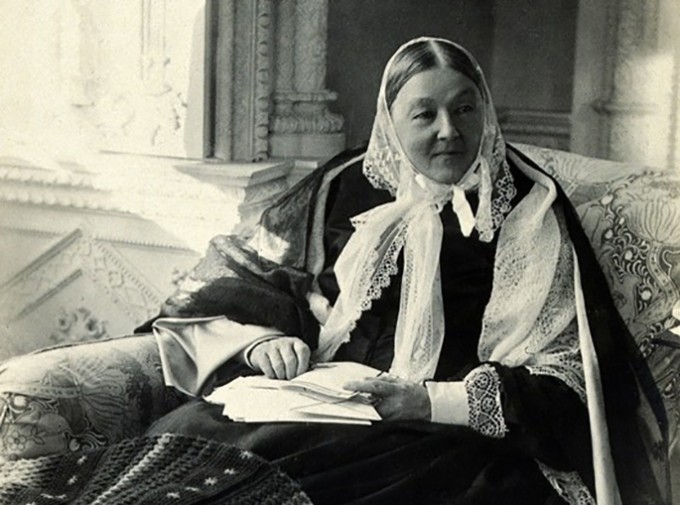Profiles In Nursing
Florence Nightingale (1820–1910), Mathematician and Social Reformer
The founder of modern nursing spoke six languages, designed hospitals, and chastised the English government for their colonial rule of India

Every nurse learns the basics about Florence Nightingale: She was a wealthy woman who, despite the gender strictures of her era, turned British healthcare on its head. Rather than leading a life of leisure (or, later, of invalidism), she threw her talents into reforming the world.
We all know that part of the story, but there are other facts about Nightingale that are less well-known. For example, she was multilingual, fluent in French, Italian, Latin and Greek.
She was also a gifted mathematician. Before she became a nurse, she tutored in arithmetic, geometry and algebra. Throughout her life, she demonstrated all the marks of a serious mathematician: clear reasoning, an emphasis on basic principles and a healthy skepticism about assumptions.
Statistically Speaking
Nightingale took a particular interest in statistics, which she once described as “the measure of his [God’s] purpose.” In 1858, she became the first female fellow of the Royal Statistical Society, and in 1874, the American Statistical Association made her an honorary member.
Among her statistical accomplishments, Nightingale refined the polar-area diagram, a form of pie-chart that illustrates values proportionally to the area of a wedge in a circular diagram. She believed this type of chart, which is still used in modern spreadsheet software, “affects thro’ the eyes what we fail to convey to the public through their word-proof ears.”
She used this pie-chart to illustrate the number of preventable non-combat deaths in the British military, an effort that was so effective it eventually convinced Queen Victoria to agree to reforms.



